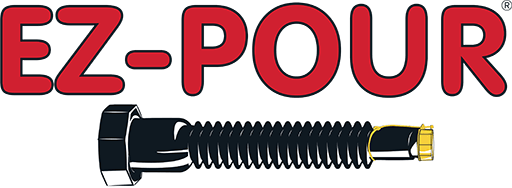Hedges are a common plant feature in landscaping. They help border, shape, and frame your property while allowing homeowners many creative freedoms. Maintaining hedges is essential for keeping a well-manicured lawn all year round.
Keep reading for the answers to the most common hedge-trimming questions.
What Are the Benefits of Regular Hedge Maintenance?
Regular hedge trimming benefits both your home’s value and the health of your hedges. Trimming dead branches and debris makes hedges less flammable and prevents loose branches from turning into projectiles in heavy winds. Trimming dead pieces from hedges also keeps these pieces from taking valuable nutrients away from the plants that can still grow.
As for your home, maintaining hedges makes pathways more accessible. Overall, cutting hedges encourages growth and, over time, helps you to improve curb appeal.
When Should I Trim My Hedges?
This process depends on whether your hedges are flowering or non-flowering plants. Non-flowering hedges can be cut as needed. The time between trims varies; however, six to eight weeks is the general rule for non-flowering hedges.
Flowering hedges require trimming according to their bloom cycle. Hedges that bloom in the spring need a trim after the hedges have initially flowered. Hedges that bloom later into the summer should get a trim before or after the plant blooms.
How Do I Choose a Trimmer?
The perfect trimmer depends on the size and quantity of hedges in your yard. Cordless and handheld trimmers are great options for medium-sized shrubs. If you need help with a wider surface area, a traditional gas trimmer would be best.
Small handheld trimmers, shears, and clippers can also help homeowners create a variety of detailed hedge designs.
What Does the Trimming Process Look Like?
Trimming begins simply by preparing the area with tarps and guidelines. These steps ensure debris cleanup is easy and you create smooth, even lines in your hedges. Begin by using the appropriate trimmer size for your landscaping and carve out the general shape of your hedge. This step will help create a rough outline of what you’d like your final hedge line to resemble.
After you’ve created general shapes, you can use smaller shears or handheld trimmers to create fine details in the hedge.
Remember that trimming hedges helps to achieve healthier landscaping overall. Make sure that after trimming, you’ve created enough room for sunlight and air to pass through the hedge to stimulate growth. Be sure to take frequent breaks to check on the shape of your hedge line; slow and steady movements yield better results.
Landscaping Made Simple with EZ-POUR®
Finding the perfect gas trimmer for your hedges also means finding the best way to store your gas and fill up your gas-powered hedge trimmer with ease. EZ-POUR® Spouts has a variety of adapters and spouts to fit most gas cans, helping you refuel and refill before tackling the landscaping.
The Rigid® Replacement Spout & Vent Kit is specifically made for hedge trimmers and other pieces of handheld equipment. It includes a spout, spout cap, 1/2” replacement push-in vent, flame arrestor, and yellow and black base caps. Our application chart will tell you precisely which EZ-POUR® products you need for your gas can.
Have questions? Reach out today and discover the right EZ-POUR® product for you.

